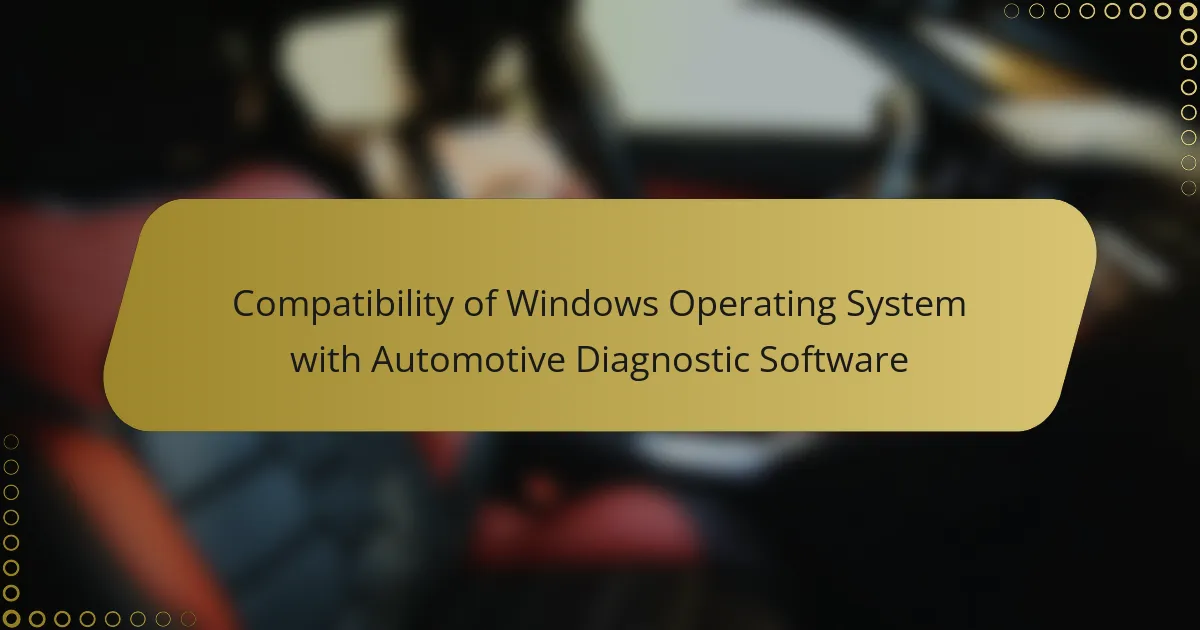The Windows Operating System is a widely used platform for automotive diagnostic software, enabling effective vehicle diagnostics through various applications and tools. Many automotive diagnostic tools, including OBD-II scanners, are specifically designed to operate on Windows, ensuring full functionality for users. Manufacturers often develop Windows-based applications that can seamlessly interface with vehicle onboard systems, leveraging […]
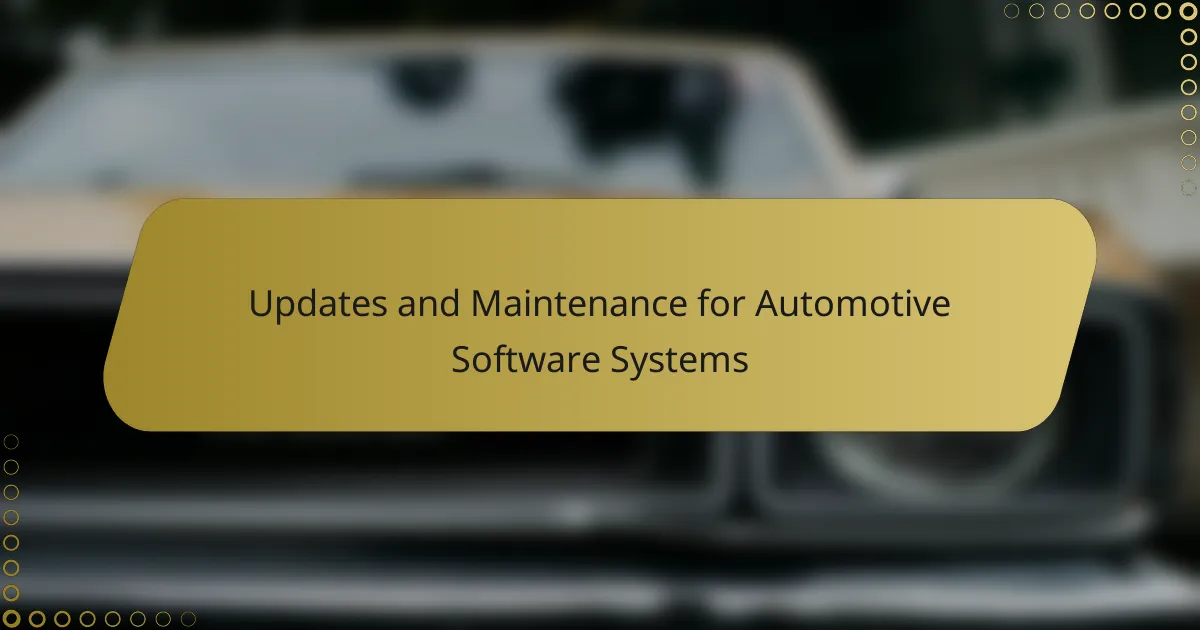
Updates and Maintenance for Automotive Software Systems
Automotive software systems require regular updates and maintenance to ensure optimal performance and security. These processes include software assessment, downloading, installation, and post-update testing, which enhance vehicle safety and functionality. Effective maintenance practices involve thorough documentation, proactive monitoring, version control, and user feedback, all of which contribute to the longevity and reliability of the software. […]

User Experience of Mobile Apps for Vehicle Tracking and Diagnostics
User experience (UX) in mobile apps for vehicle tracking and diagnostics is critical for user interaction, encompassing usability, accessibility, and satisfaction. Effective UX design prioritizes intuitive navigation and clear visuals while providing real-time data on vehicle status. Common challenges users face include connectivity issues, complex interfaces, data accuracy concerns, battery drain, privacy worries, and limited […]
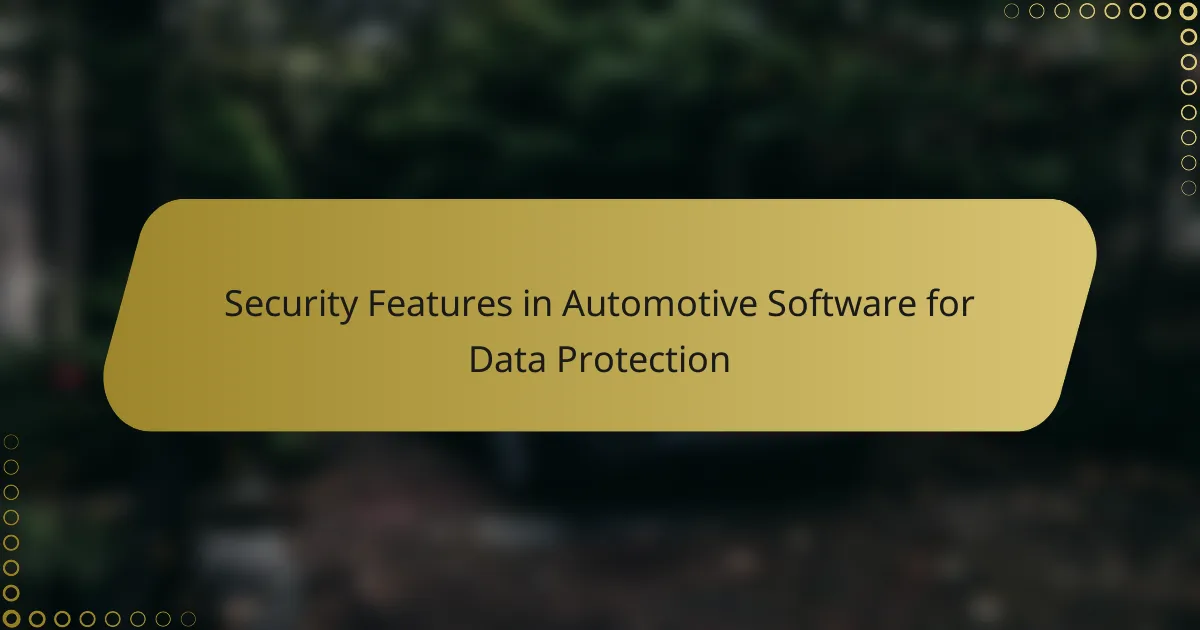
Security Features in Automotive Software for Data Protection
Automotive software security is critical for protecting vehicle data against cyber threats. Key security features include encryption, which secures sensitive data; secure coding practices that minimize vulnerabilities; and intrusion detection systems that monitor for unauthorized access. Additionally, technologies such as secure boot processes, firewalls, and secure communication protocols enhance the overall security posture of automotive […]
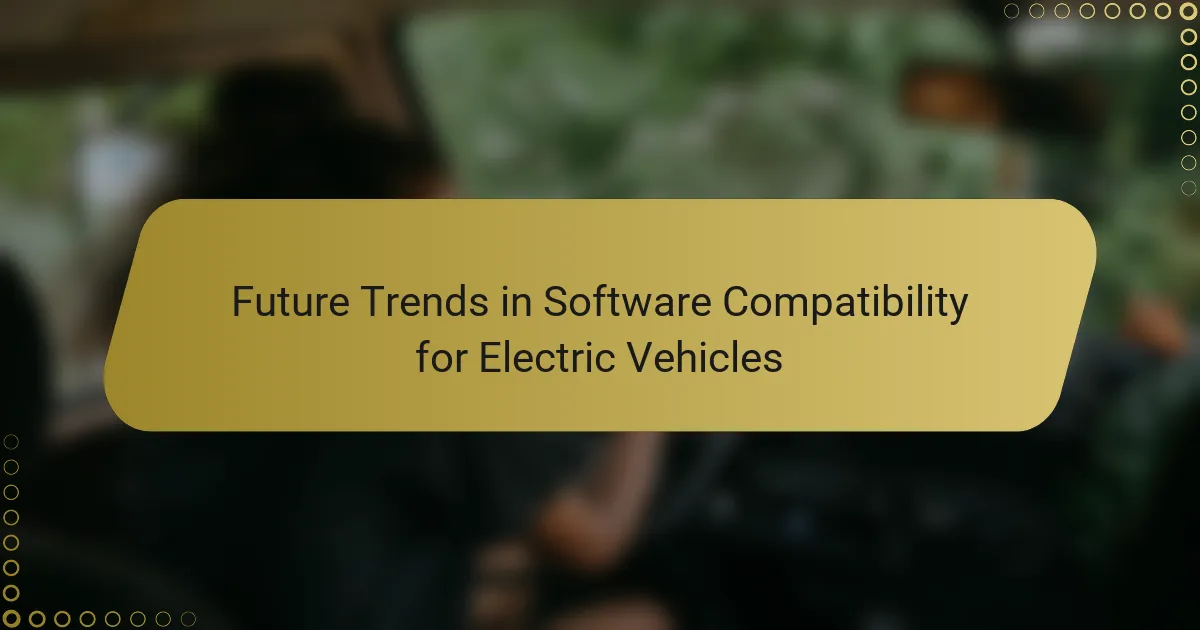
Future Trends in Software Compatibility for Electric Vehicles
The article focuses on future trends in software compatibility for electric vehicles (EVs), highlighting key developments such as increased standardization, enhanced interoperability, and the rise of over-the-air updates. Standardization aims to unify communication protocols across manufacturers, facilitating interaction between various EV models and charging stations. Enhanced interoperability will integrate third-party applications seamlessly, while over-the-air updates […]
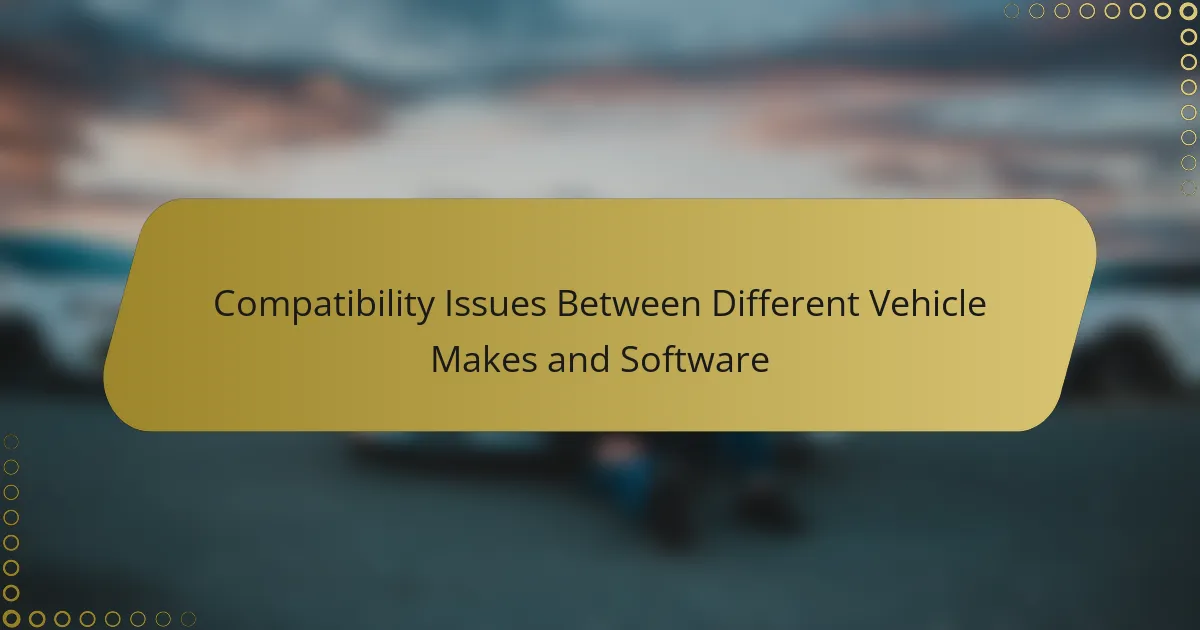
Compatibility Issues Between Different Vehicle Makes and Software
Compatibility issues between different vehicle makes and software arise due to unique communication protocols and proprietary coding implemented by various manufacturers. These discrepancies can lead to challenges in diagnostics, software updates, and the integration of third-party applications, ultimately affecting vehicle features such as infotainment systems and advanced driver-assistance systems. Common compatibility problems include software incompatibility, […]
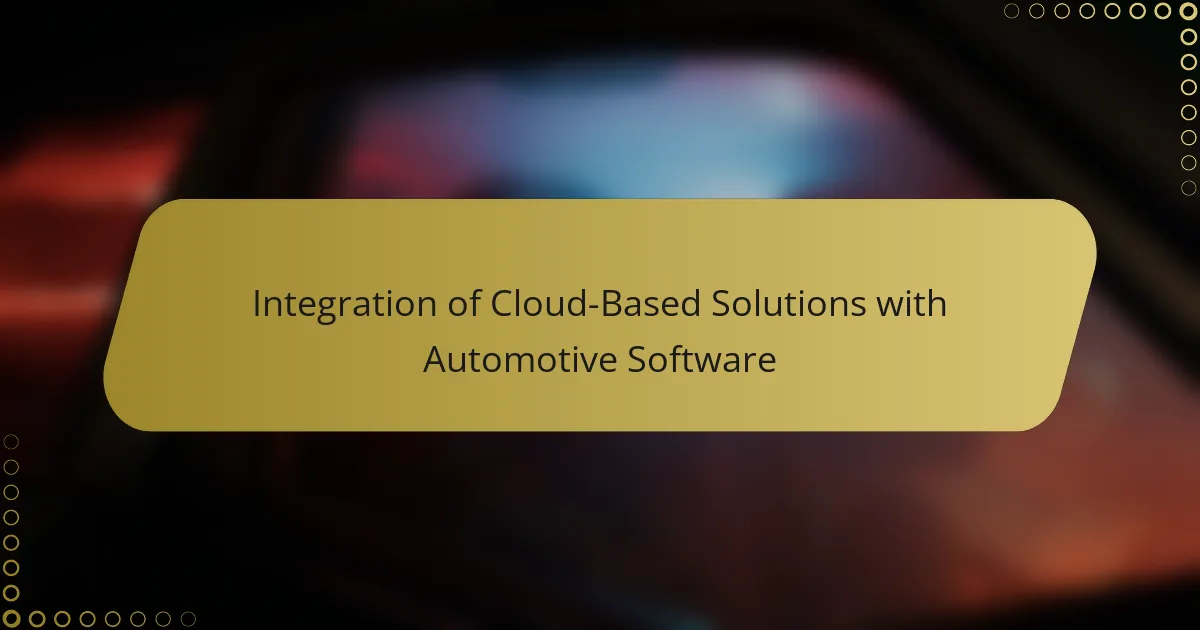
Integration of Cloud-Based Solutions with Automotive Software
The integration of cloud-based solutions with automotive software significantly enhances vehicle capabilities through real-time data processing and remote management. This integration supports features such as over-the-air updates, improved diagnostics, and advanced driver-assistance systems (ADAS), ultimately benefiting manufacturers and consumers alike. Key advantages include increased data accessibility, proactive maintenance alerts, and reduced operational costs. Future trends […]
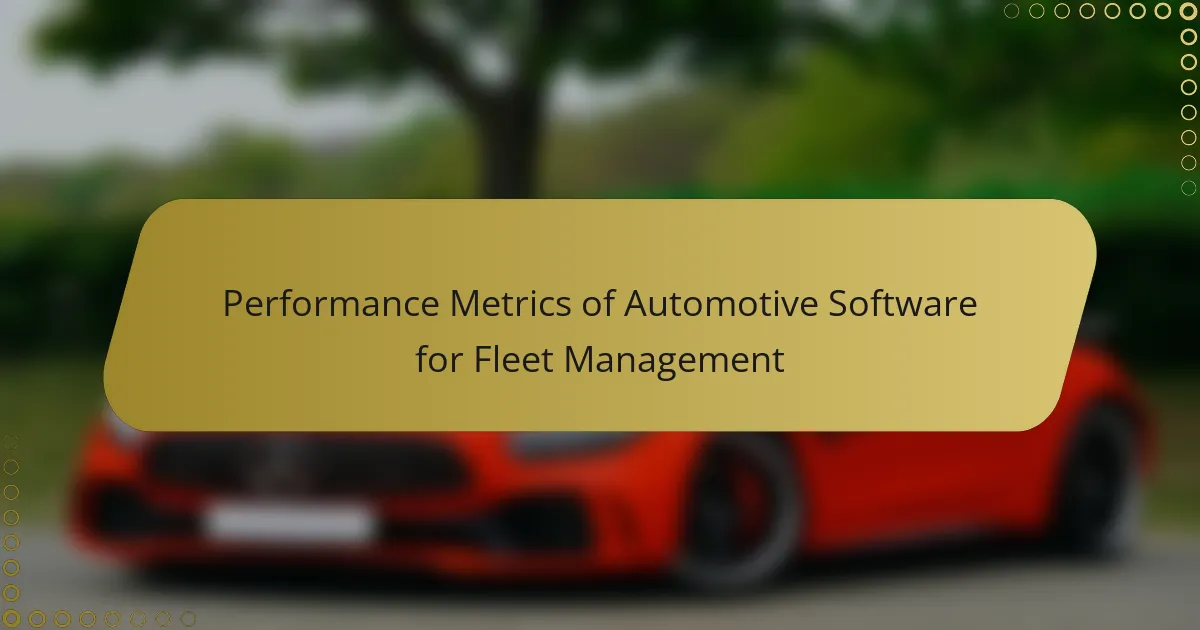
Performance Metrics of Automotive Software for Fleet Management
Performance metrics of automotive software for fleet management are critical indicators that include vehicle utilization, fuel efficiency, maintenance costs, and driver performance. These metrics enable fleet managers to optimize operations, reduce costs, and enhance decision-making. Additionally, software performance metrics such as response time, system uptime, data throughput, and error rates are essential for maintaining reliability […]
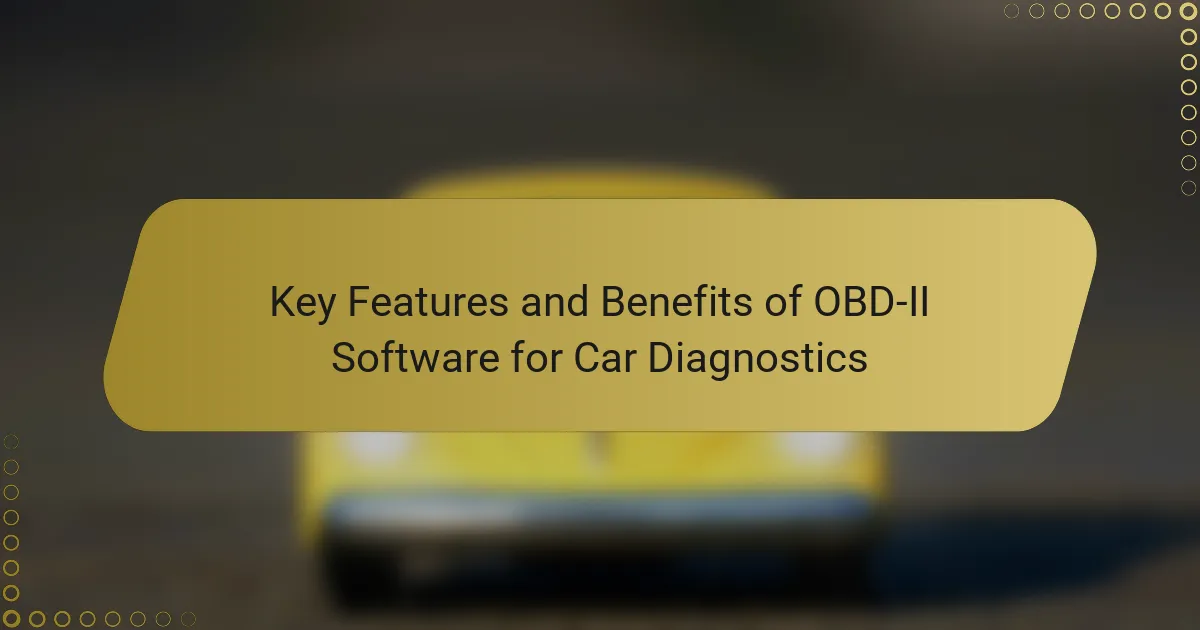
Key Features and Benefits of OBD-II Software for Car Diagnostics
OBD-II software is a diagnostic tool that enables communication with a vehicle’s onboard diagnostic system, allowing users to read trouble codes and access real-time data on engine performance and emissions. This software is crucial for both professionals and DIY enthusiasts, facilitating timely vehicle maintenance and efficient troubleshooting. Key features include compatibility with various vehicle makes […]
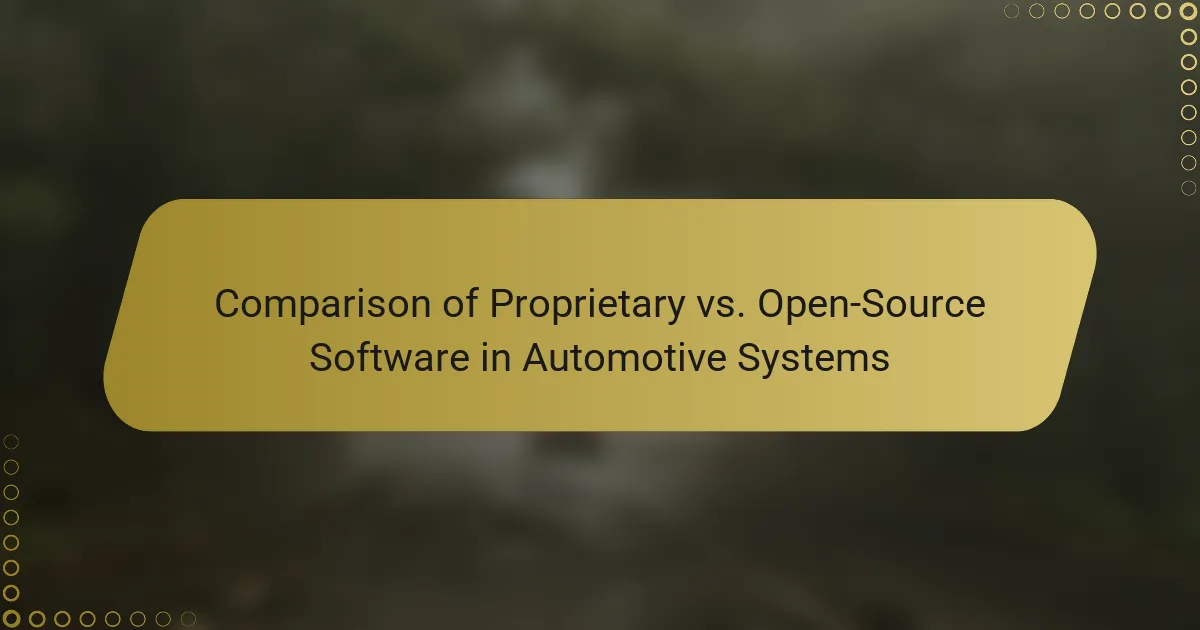
Comparison of Proprietary vs. Open-Source Software in Automotive Systems
The article compares proprietary software and open-source software in automotive systems, highlighting their distinct characteristics and implications for manufacturers. Proprietary software is developed and owned by a single entity, providing controlled updates and dedicated support, while open-source software allows users to access and modify the source code, promoting collaboration and innovation. Key considerations include cost, […]
